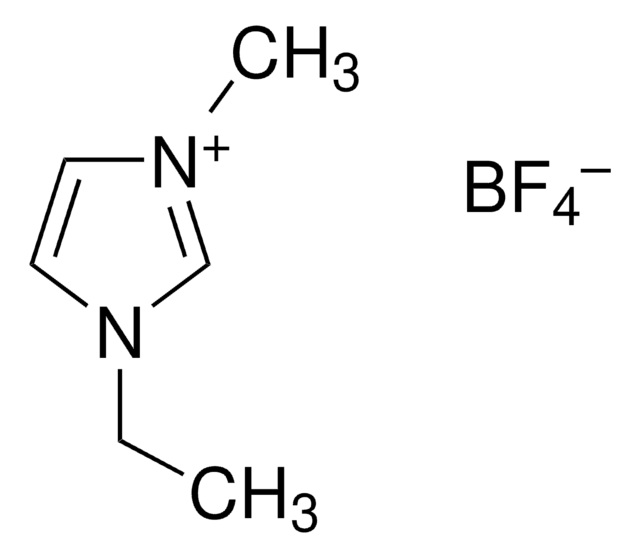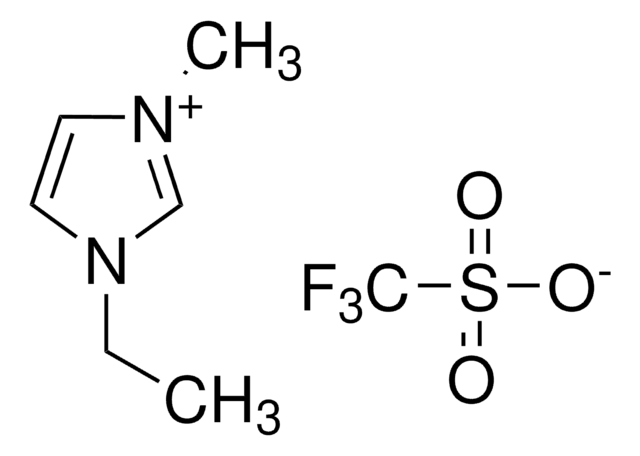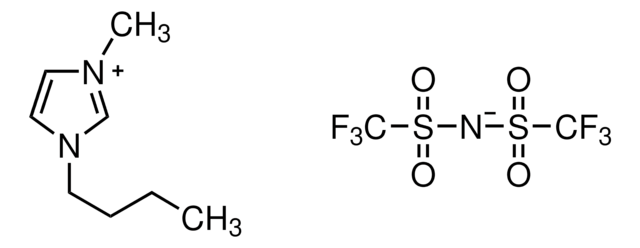777048
2-[(7-{4-[N,N-Bis(4-methylphenyl)amino]phenyl}-2,1,3-benzothiadiazol-4-yl)methylene]propanedinitrile
97% (HPLC)
Sinónimos:
DTDCPB
About This Item
Productos recomendados
assay
97% (HPLC)
form
powder
mp
285-290 °C
λmax
570 nm in dichloromethane
SMILES string
Cc1ccc(cc1)N(c2ccc(C)cc2)c3ccc(cc3)-c4ccc(\C=C(/C#N)C#N)c5nsnc45
InChI
1S/C30H21N5S/c1-20-3-10-25(11-4-20)35(26-12-5-21(2)6-13-26)27-14-7-23(8-15-27)28-16-9-24(17-22(18-31)19-32)29-30(28)34-36-33-29/h3-17H,1-2H3
InChI key
METIWNNPHPBEHP-UHFFFAOYSA-N
General description
Application
A vacuum-deposited organic solar cell employing this novel donor-acceptor-acceptor (D-A-A) donor molecule; DTDCPB; combined with the electron acceptor C60/ C70 achieved a record-high power conversion efficiency (PCE) of 6.8%.
Device structure:
MoO3 (30nm) / DTDCPB (7nm) / DTDCPB:C70 (40nm) / C70 (7nm) / BCP (10nm) / Ag (150nm)
Device performance:
- JSC = 13.48 mA/cm2
- VOC = 0.95 V
- FF = 0.55
- PCE = 6.8%
signalword
Warning
Hazard Classifications
Acute Tox. 4 Dermal - Acute Tox. 4 Inhalation - Acute Tox. 4 Oral - Eye Irrit. 2 - Skin Irrit. 2 - STOT SE 3
target_organs
Respiratory system
Storage Class
11 - Combustible Solids
wgk_germany
WGK 3
flash_point_f
Not applicable
flash_point_c
Not applicable
Elija entre una de las versiones más recientes:
Certificados de análisis (COA)
¿No ve la versión correcta?
Si necesita una versión concreta, puede buscar un certificado específico por el número de lote.
¿Ya tiene este producto?
Encuentre la documentación para los productos que ha comprado recientemente en la Biblioteca de documentos.
Artículos
Solution-processed organic photovoltaic devices (OPVs) have emerged as a promising clean energy generating technology due to their ease of fabrication, potential to enable low-cost manufacturing via printing or coating techniques, and ability to be incorporated onto light weight, flexible substrates.
Nuestro equipo de científicos tiene experiencia en todas las áreas de investigación: Ciencias de la vida, Ciencia de los materiales, Síntesis química, Cromatografía, Analítica y muchas otras.
Póngase en contacto con el Servicio técnico![2,4-Bis[4-(N,N-diphenylamino)-2,6-dihydroxyphenyl]squaraine 98%](/deepweb/assets/sigmaaldrich/product/structures/303/054/d8b9c845-3623-4f5a-8a30-ab6731034171/640/d8b9c845-3623-4f5a-8a30-ab6731034171.png)
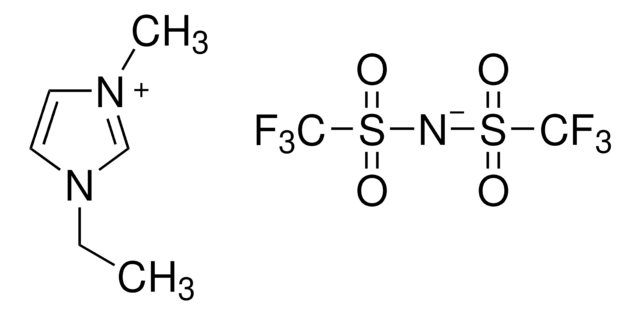
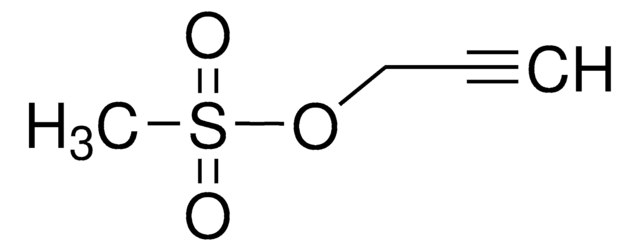
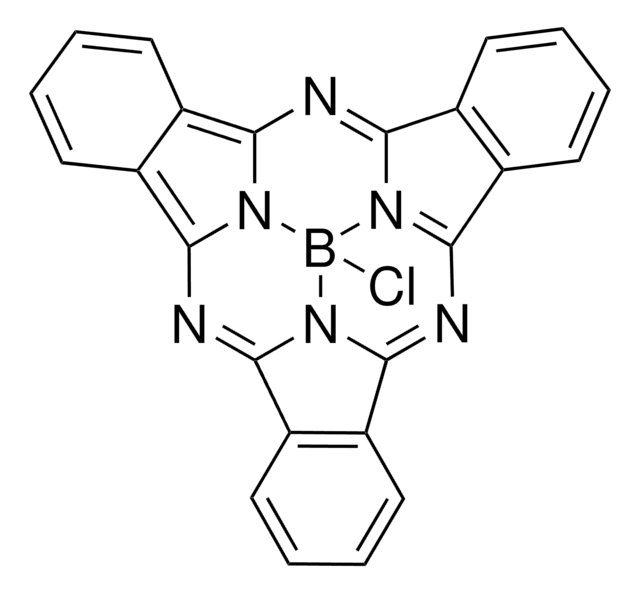
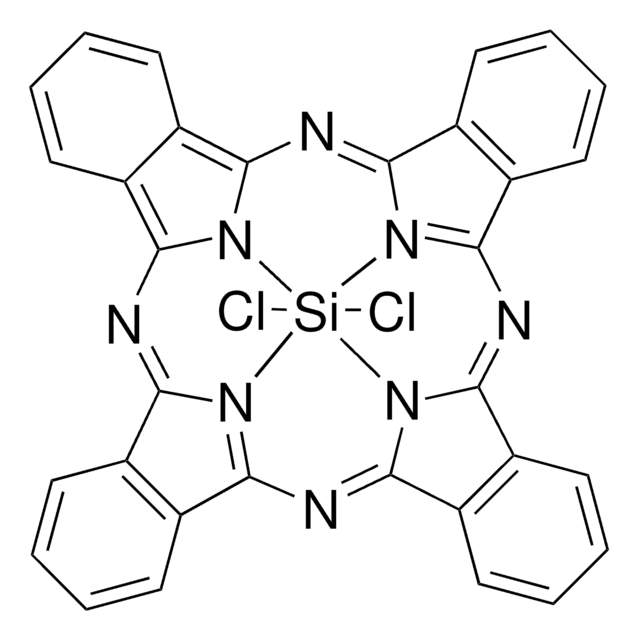
![1,3-Bis[4-(dimethylamino)phenyl]-2,4-dihydroxycyclobutenediylium dihydroxide, bis(inner salt) Dye content 90 %](/deepweb/assets/sigmaaldrich/product/structures/301/519/500149b3-198c-44cf-b952-7e91f54fc48e/640/500149b3-198c-44cf-b952-7e91f54fc48e.png)
